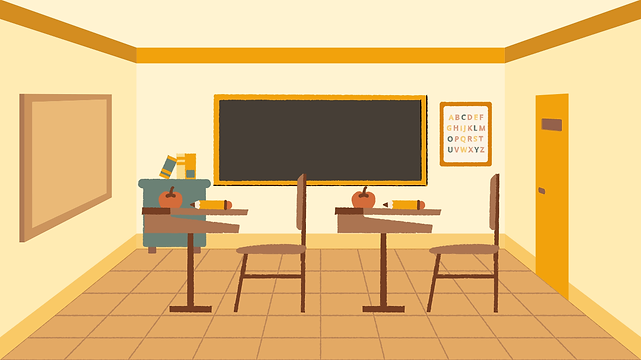top of page
How to Address Issues Without Embarrassing Students
Classroom Management

How to Address Issues Without Embarrassing Students
As a teacher with years under my belt, I've learned that dealing with student issues requires a delicate touch. You want to guide them towards positive behavior without making them feel ashamed or singled out. Here are some tips I've picked up along the way:
General Approaches:
- Private Conversations: Always, always try to talk to a student privately about any concerns. This shows them respect and helps them feel safe.
- Positive Framing: Instead of focusing on what they did wrong, talk about what they can do better next time. It's all about finding the good!
- Solutions, Not Blame: Work together to find ways to fix the problem, instead of just pointing fingers. It's a team effort!
- Empowerment and Choice: Let students have a say in finding solutions that work for them. This helps them feel ownership over their actions.
- Learning from Mistakes: We all make mistakes! Help students see them as chances to learn and grow.
- Active Listening: Really listen to what the student has to say before offering your thoughts. Sometimes, they just need to feel heard.
- Respect Always: Even when talking about tough stuff, always use kind and respectful language. It makes all the difference!
- Empathy Matters: Try to see things from the student's point of view and understand their feelings. A little empathy goes a long way!
- Building Strong Relationships: Create a safe and trusting classroom environment where students feel comfortable coming to you.
- Crystal Clear Expectations: Make sure students know exactly what's expected of them and what will happen if they don't meet those expectations.
- Fair and Consistent: Whatever consequences you set, make sure to apply them fairly to everyone, every time.
Specific Strategies:
- "I" Statements: Instead of saying "You did this wrong," try "I feel frustrated when..." It helps you express your feelings without blaming.
- Restorative Practices: Focus on repairing harm and building relationships rather than just punishing. It's about healing and moving forward.
- Choice Boards: Give students a menu of options for activities, even within structured lessons. This gives them some control and keeps them engaged.
- Check-In Sheets: Have students reflect on their behavior and set goals using a simple check-in sheet. It promotes self-awareness.
- Tailored Interventions: What works for one student may not work for another. Get to know your students and adjust your approach accordingly.
- Positive Reinforcement: Catch them being good! Acknowledge and reward positive behaviors to encourage more of them.
- Humor Helps: Sometimes, a little humor can lighten the mood and make it easier to address a situation. Just be sensitive and appropriate!
- Teamwork with Parents: Keep parents informed and work together to support the student. Open communication is key!
- Peer Mediation: Teach students how to resolve conflicts peacefully amongst themselves. It builds valuable life skills!
- Quiet Corners: Create a calming space where students can go to take a break and manage their emotions when they're feeling overwhelmed.
- Think First, Then Act: Encourage students to use think sheets or take a moment to reflect before reacting to a situation.
- Second Chances ("Do-Overs"): We all deserve a second chance! Give students an opportunity to try again and show they can do better.
- Genuine Praise: Praise effort and progress, not just perfection. Be specific and sincere with your praise to make it meaningful.
- Focus on Strengths: Everyone has strengths! Help students recognize and build upon their unique abilities and talents.
- Positive Self-Talk: Encourage students to use positive affirmations and believe in themselves. It can make a world of difference!
- Growth Mindset is Key: Help students understand that challenges are opportunities to learn and grow. Mistakes are part of the journey!
- Visuals Are Powerful: Use charts, diagrams, or pictures to illustrate expectations, consequences, or social skills. Visuals can be very effective!
- Practice Makes Perfect (Role-Playing): Use role-playing activities to help students practice appropriate behaviors, conflict resolution skills, and empathy.
- "What If" Questions: Encourage critical thinking by asking students to consider the potential consequences of their actions. "What if you did this?"
Remember, every student is different! What works for one might not work for another. The key is to be flexible, observant, and always approach students with kindness and understanding.
bottom of page